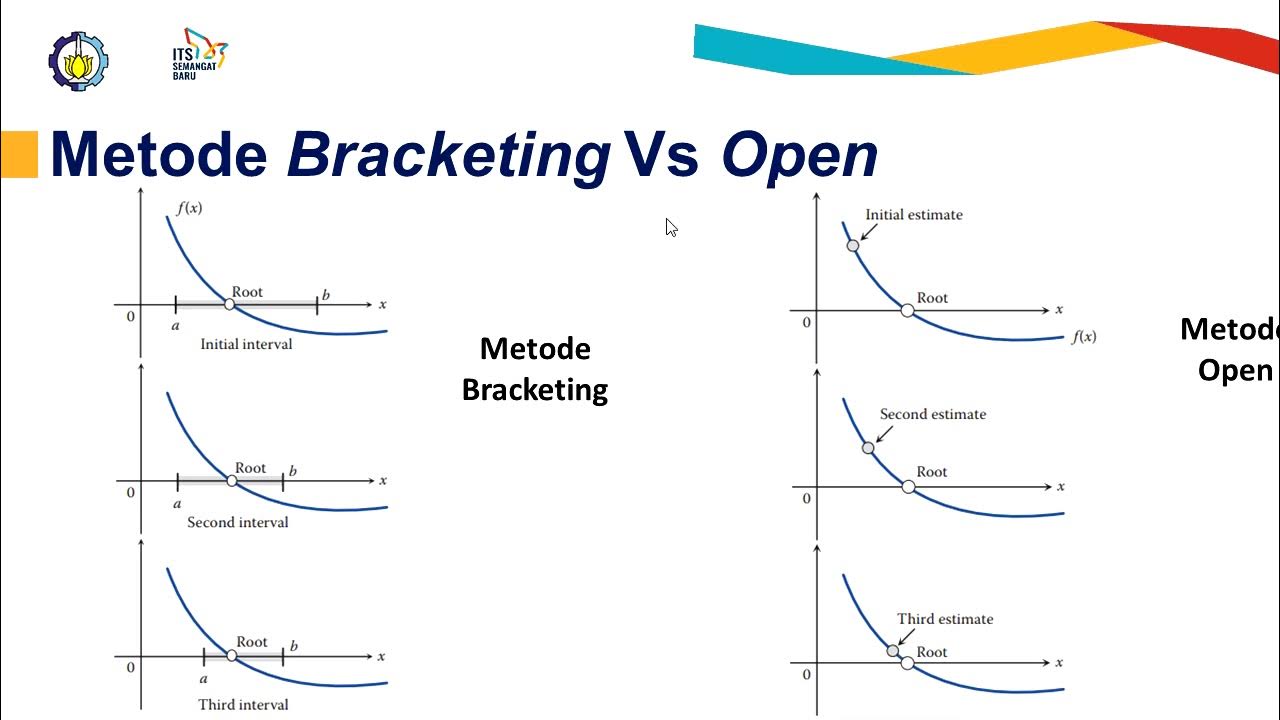6 Slick Combos That WORK | For Your Next Spar
Summary
TLDRIn this video, the focus is on teaching quick and effective sparring combos that don’t require memorization or overly complex sequences. The video introduces five slick combinations that emphasize speed, timing, and efficiency, with techniques like the teep-to-jab-to-head kick, the deceptive left hook-body round kick, and the jab-cross-body hook-low kick. The goal is to land smooth strikes that catch opponents off guard without overcommitting. Perfect for sparring, these combos are designed to help fighters improve their reflexes and leave their sparring partners surprised by the unpredictable flow of their attacks.
Takeaways
- 😀 Mastering fast, effective combos is crucial for sparring success, as memorized, complex sequences rarely work in real fights.
- 😀 To make a combo effective, focus on speed, surprise, and drawing your opponent's attention away from the incoming strike.
- 😀 Throwing a teep (front kick) can set up a quick jab and round kick combo by distracting your opponent’s guard and creating an opening.
- 😀 The left hook to body round kick combo works when you trick your opponent by misdirecting them with a miss, exposing their body.
- 😀 The snake kick (fake round kick) uses deception by throwing a round kick fake to the body and then quickly attacking the head or middle.
- 😀 The left knee is effective when set up by a cross punch, with both techniques timed to land together as you step forward.
- 😀 A jab-cross-body hook-low kick combo can be enhanced by adding a shuffle step to land a back-leg low kick without them anticipating it.
- 😀 Combining a jab, cross, hook, and a round kick is a versatile combo, but it’s most effective when you switch targets and angle your cross attack.
- 😀 Timing is key to making these combos work—don’t rush them. A slight pause or switch-up can throw off your opponent’s defense.
- 😀 For sparring with new techniques, practice combos at a controlled pace to avoid overcommitting and causing injuries to your partners.
Q & A
Why is it not effective to rely on memorized combos during sparring?
-Memorized combos often don't work in real sparring because they are predictable and easy to counter. In a sparring match, flexibility and timing are more important than having a set sequence of moves. You need to be able to adapt and flow with the situation.
What is the key to landing the teep to jab and round kick combo successfully?
-The key is drawing your opponent's attention to the teep by throwing it multiple times beforehand, making them focus on it. After that, you quickly skip and jab, followed by a head-level round kick. The timing and flow of the movements must be seamless to catch the opponent off-guard.
How does the left hook to body round kick fake work?
-The left hook is thrown repeatedly to get the opponent used to it, then you intentionally miss the hook to create an opening. This forces them to elevate their guard, leaving the body exposed for the round kick. The timing of the fake and the body kick is crucial for its effectiveness.
What makes the snake kick so effective in sparring?
-The snake kick works by deceiving the opponent into thinking you're throwing a traditional round kick, which they may try to block or catch. Instead, you use a heel-driven motion to quickly strike up the middle, targeting their head or body, catching them off-guard with its deceptive movement.
What’s the best way to set up and land the left knee in sparring?
-To land a left knee effectively, start with a cross to distract your opponent. Use the cross to close the distance and step in quickly, allowing you to land the knee immediately after. The timing between the cross and knee is important — they should flow together seamlessly.
How does the jab-cross-body hook-low kick combo become more difficult to counter?
-The combo becomes harder to counter when you add variety to your attack points. For instance, after a body hook, instead of throwing a predictable low kick with the front leg, you throw a back leg kick instead. This forces your opponent to adjust, making it harder for them to anticipate and block the attack.
What is the purpose of the jab-cross-hook-round kick-cross combo?
-The purpose of this combo is to confuse your opponent by attacking different targets in quick succession. By alternating between head and body targets with the jab, hook, and round kick, then finishing with a cross, you keep the opponent guessing and create openings for each strike.
Why is timing so crucial in sparring combos?
-Timing ensures that your strikes land effectively and unpredictably. A well-timed combo, where each technique flows into the next, makes it difficult for your opponent to react and defend. If there’s too much delay between strikes, the opponent can easily counter or block them.
What role does deception play in landing effective combos?
-Deception plays a critical role by making your opponent react to something they think is coming, only for you to quickly shift to a different technique. For example, faking a punch or kick causes the opponent to adjust their guard, opening up an opportunity for a surprise attack in a different area.
What should you focus on while practicing these sparring combos in the gym?
-While practicing these combos, focus on speed, timing, and fluidity rather than raw power. These techniques work best when executed quickly and with precision, so it's important to practice each movement to ensure it flows naturally and seamlessly during sparring.
Outlines

This section is available to paid users only. Please upgrade to access this part.
Upgrade NowMindmap

This section is available to paid users only. Please upgrade to access this part.
Upgrade NowKeywords

This section is available to paid users only. Please upgrade to access this part.
Upgrade NowHighlights

This section is available to paid users only. Please upgrade to access this part.
Upgrade NowTranscripts

This section is available to paid users only. Please upgrade to access this part.
Upgrade NowBrowse More Related Video

Master Karate Sweeps & Jump Kicks | Boost Your Fighting Skills Today!

Fisika Komputasi 1: Metode-metode Akar persamaan Secara Numerik

Don't Overcomplicate Bodybuilding - It's simple to get jacked

What Learning Strategies Are Most Helpful?

My Most POWERFUL Study Trick (Any Subject)

Financial Modeling Best Practices: How to Minimize Errors
5.0 / 5 (0 votes)